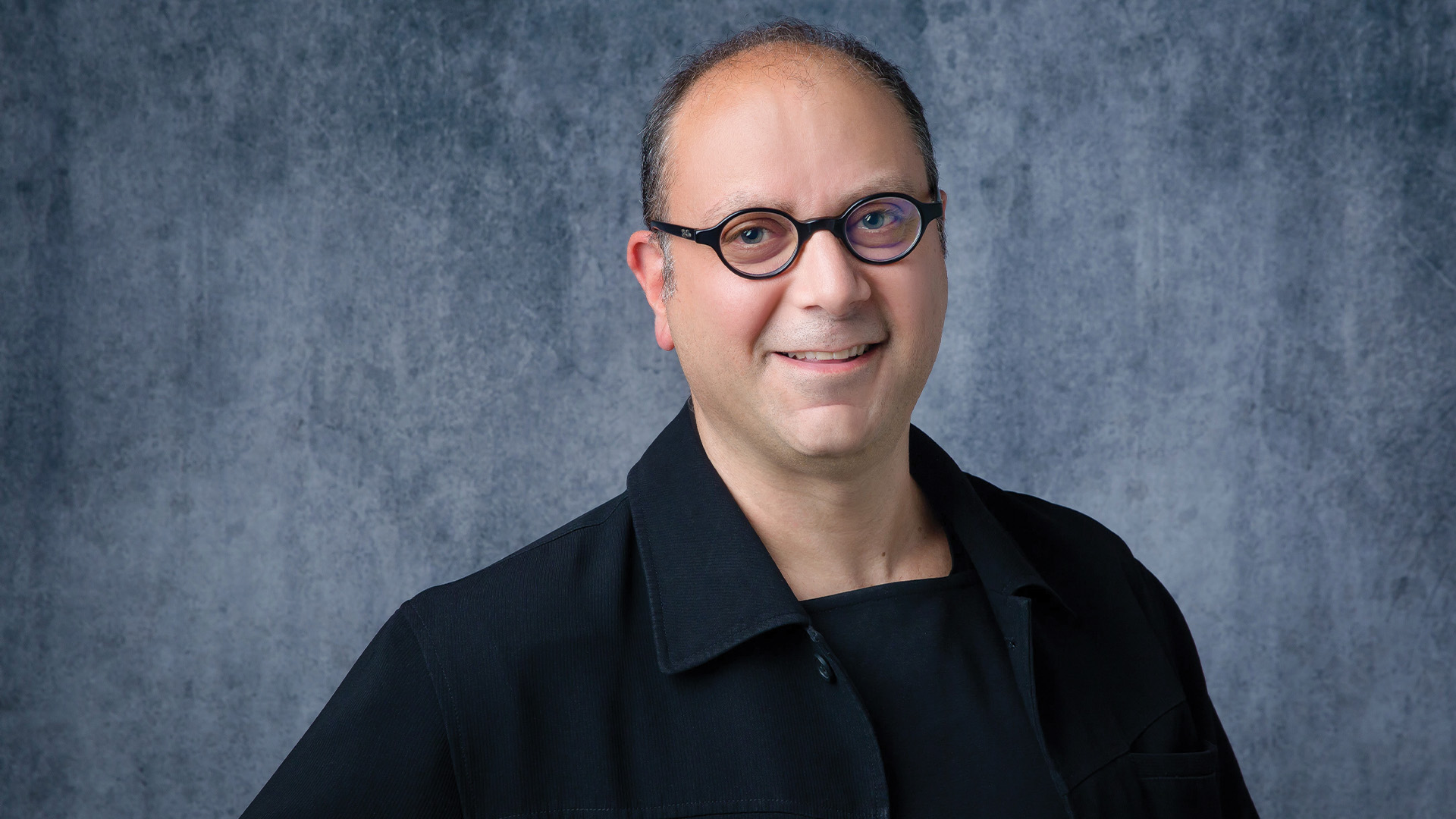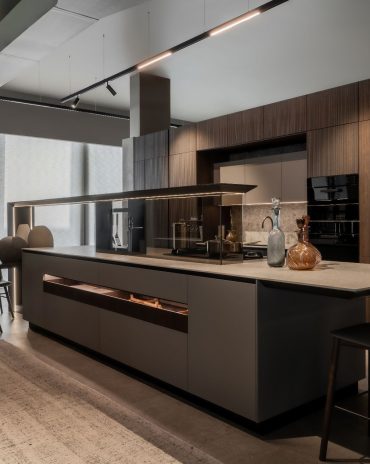Copyright © 2025 Motivate Media Group. All rights reserved.
Hani Asfour talks about the the urgency of sustainable design education in shaping our future
Hani Asfour is the Vice President, Innovation and Institutional Partnerships – Dubai Institute of Design and Innovation.

The expression ‘sustainable design’ is bandied about to the point that it has lost much of its meaning, rendered into yet another business buzzword like ‘innovation’ or ‘synergy’. And yet, its tired letters carry much weight in the present age.
We are living through the Fourth Industrial Revolution. The first three augmented human labour, enabling us to be creative workers and thinkers while machines did the heavy lifting. This new phase is a significant leap from labour to intelligence – that is, thinking and learning with machines.

In this new phase, employing design to improve the world and multispecies life – not just humans, but all the living beings we share this earth with – is essential and urgent. Our imperative is to embed empathy in innovation and humanize technology, be it machine learning or ethical artificial intelligence. Providing the next generation of designers with tools to define this fluctuating road ahead is critical to shaping the future of our world and tackling the climate crisis. This is how we built our curriculum at the Dubai Institute of Design and Innovation (DIDI), on the principles of collaborative, engaged learning. We recently welcomed the brilliant and world-renowned activist-designer Bruce Mau to host a hands-on workshop at DIDI, where he advocated for creative design-based problem-solving and building a thoughtful, mindful world. His lecture – an interactive dialogue with our students – reinforced design as a critical instrument of change.
As machines and technology influence how we live, work, learn, and experience the future, humans still retain the skills of empathy and context-awareness. For this reason, we empower our students to approach sustainable design thinking by deeply analysing the context, pain points, and experiences of the end users: Empathy-driven solutions are more vital and durable than products or profits. Working from the ground up – who will be impacted by the solution and their individuated desired outcomes – maps out more robust solutions that are holistic, inclusive, and desirable, generating value and purpose for their target communities.

This inclusive approach requires multidisciplinary collaboration with designers, scientists, engineers, social scientists, businesspeople, and legislators. Innovation is the result of collective lateral thinking and cutting across boundaries. Design thinking, in this way, is essential to understand the various intentions, impacts, side effects, outcomes and limitations of solutions to the world’s most pressing problems. As Mau so succinctly put it during his talk at DIDI, “Where we fail to design, we design to failure. This is the 21st century: Our project is not the welfare of all mankind. It’s the welfare of all life.”
DIDI’s hybrid curriculum, crafted in collaboration with the Massachusetts Institute of Technology (MIT) and Parsons The New School of Design, breaks down the silos between different disciplines and activates our learners into agents of positive change. Our students approach problem-solving wearing a variety of hats so that they channel their creativity into purpose-driven and comprehensive innovations. Simply put, we need to address the climate crisis urgently and effectively. To do so we must empower the youth to implement multidisciplinary creativity to produce meaningful solutions – there is no other way forward.
The Latest
Studio 971 Relaunches Its Sheikh Zayed Showroom
The showroom reopens as a refined, contemporary destination celebrating Italian craftsmanship, innovation, and timeless design.
Making Space
This book reclaims the narrative of women in interior design
How Eywa’s design execution is both challenging and exceptional
Mihir Sanganee, Chief Strategy Officer and Co-Founder at Designsmith shares the journey behind shaping the interior fitout of this regenerative design project
Design Take: MEI by 4SPACE
Where heritage meets modern design.
The Choreographer of Letters
Taking place at the Bassam Freiha Art Foundation until 25 January 2026, this landmark exhibition features Nja Mahdaoui, one of the most influential figures in Arab modern art
A Home Away from Home
This home, designed by Blush International at the Atlantis The Royal Residences, perfectly balances practicality and beauty
Design Take: China Tang Dubai
Heritage aesthetics redefined through scale, texture, and vision.
Dubai Design Week: A Retrospective
The identity team were actively involved in Dubai Design Week and Downtown Design, capturing collaborations and taking part in key dialogues with the industry. Here’s an overview.
Highlights of Cairo Design Week 2025
Art, architecture, and culture shaped up this year's Cairo Design Week.
A Modern Haven
Sophie Paterson Interiors brings a refined, contemporary sensibility to a family home in Oman, blending soft luxury with subtle nods to local heritage
Past Reveals Future
Maison&Objet Paris returns from 15 to 19 January 2026 under the banner of excellence and savoir-faire
Sensory Design
Designed by Wangan Studio, this avant-garde space, dedicated to care, feels like a contemporary art gallery
















